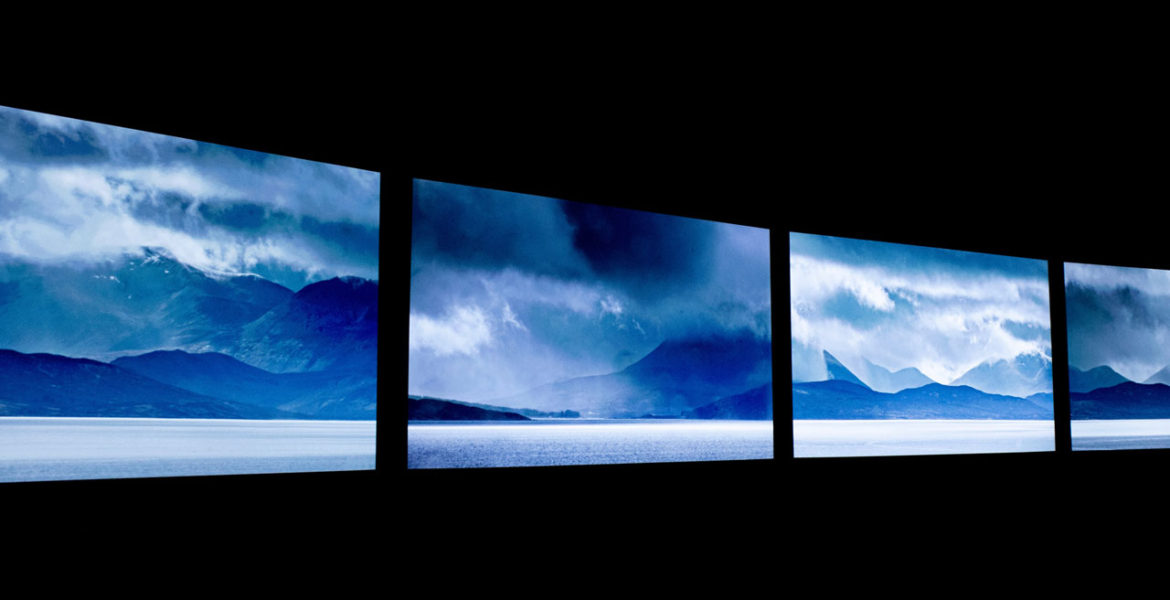Use these examples to inspire your own brand campaigns for touchscreen object recognition and interactive displays, tables, and video walls.
The recognition of objects on large-scale touch screens picks up the well-known principle of cashier systems barcodes and takes it to a new level: objects which are equipped with a special marker chip or printed code can be detected and processed from multi-touch displays in real-time.
The connection of physical objects with virtual information will offer new innovative applications in the future. Here are some of the most exciting use cases of touchscreen object recognition for interactive displays, tables, and video walls.
- Instant information
- Personalization
- Product comparison
- Special access
- Save & transfer data
- Natural user interface
- Games & effects
INSTANT INFORMATION
Open content directly, no more complicated menus
Instead of complex menu structures, users can access the information in demand by simply placing any physical object on the display. As soon as an object has been detected by the touchscreen, further information will open in its vicinity in the form of media, widgets or apps, which then can be operated via multitouch finger control.
PERSONALIZATION
Welcome guests and customers individually
Send out personalized invitations via an individual object, which is recognized by the touchscreen. That way you can welcome your customers individually, offer special reductions and quotes and monitor the effectiveness of your marketing activities with personal-exact tracking (return on invest).
PRODUCT COMPARISON
Virtually compare real products on the display
When several objects are being placed on the touchscreen, comparable parameters can be clearly juxtaposed in a chart for instance. Make use of this feature e.g. at point of sale, to intuitively point out the advantages of your products to your customers.
SPECIAL ACCESS
Make content available only to selected personnel
Equip your staff with special objects, which can call up hidden functions, content or settings. With such technology, e.g. a marker becomes a key granting access to specific content to selected persons only.
SAVE & TRANSFER DATA
Save information on an object and open it externally
Use objects to transfer data virtually between two locations. For instance, you can virtually save information on an object on the touchscreen. As soon as the same object is being recognized by another touchscreen, you will have access to the data you saved before again.
NATURAL USER INTERFACE
Move, filter, rotate and zoom virtual elements haptically.
With physically touchable objects you expand the operating options of a touchscreen by haptic interfaces. Shift and rotate objects to execute specific actions in an application in a natural manner. That way virtual content can be moved, filtered, rotated or zoomed.
 GAMES & EFFECTS
GAMES & EFFECTS
Control interactive games with touchable objects on the display
Extend interactive multiuser games by another operating dimension: via rotation of physical objects on the touchscreen, for instance, you may steer a virtual racing car in the desired direction or execute desired actions by the positioning of various objects.
What trends and ideas are driving your brand campaigns’ touchscreen interactive content in 2020?
This article was originally published on the author’s blog and reprinted with permission.







Thanks for such a great post. I found it really helpful as I am researching this topic currently. Would like to read more from your collection. Happy blogging.!